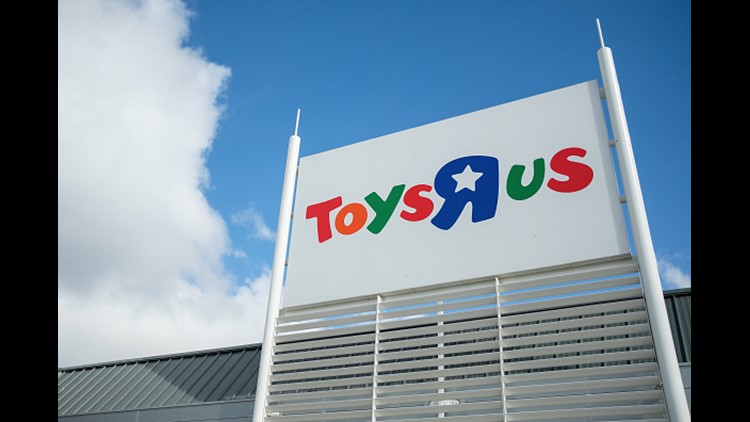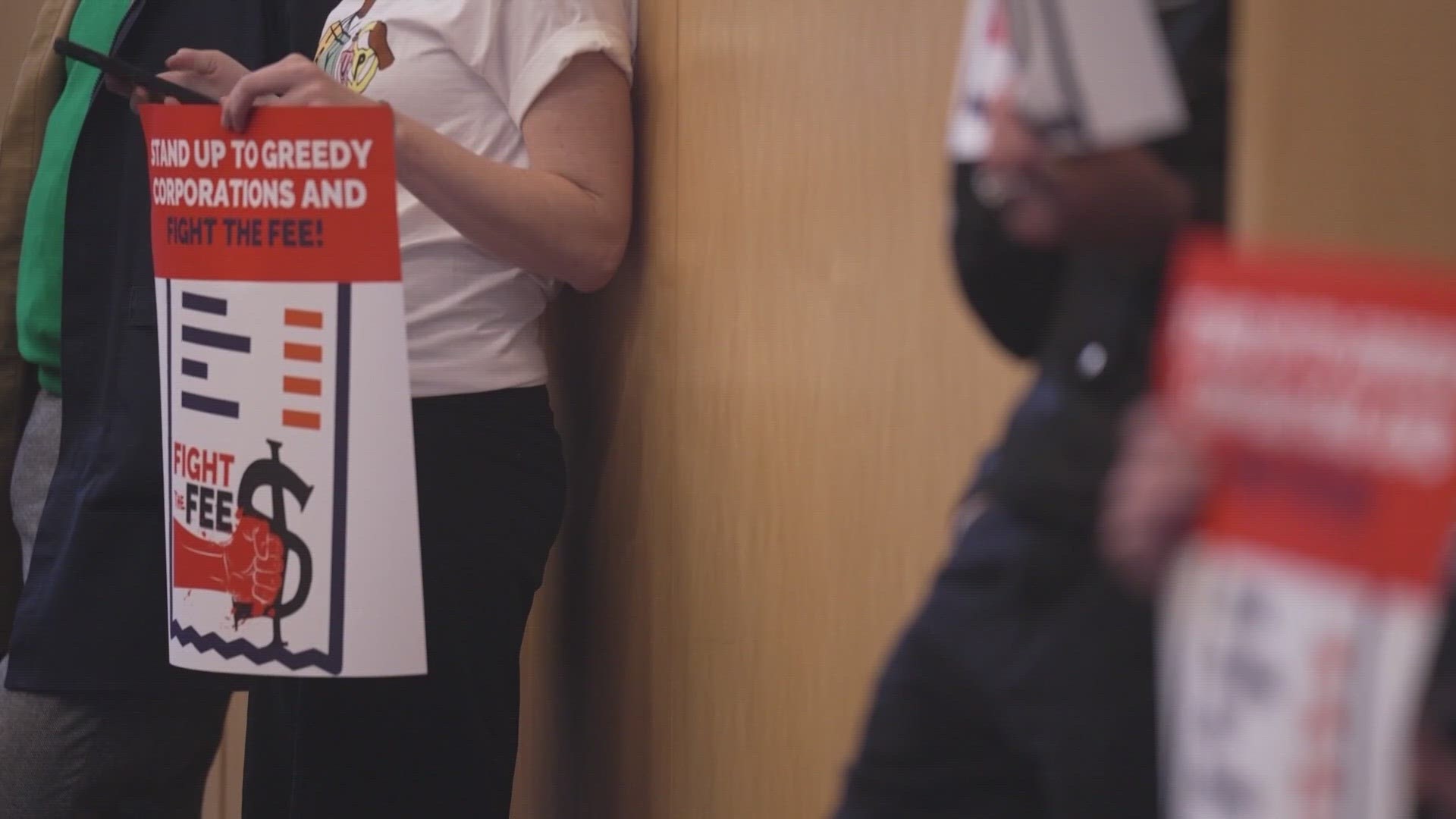After scrambling to keep its bankruptcy reorganization plan alive, Toys R Us is preparing for liquidation, people who weren't authorized to speak publicly about the matter confirmed to USA Today Thursday.
The toy retailing giant appears to be running out of time, and money — pushing closer to having to close the doors of the entire chain. Its leaders have failed to find a buyer or reach a new debt financing deal with its lenders.
As word spread, shares of Mattel and Hasbro, two of the world's largest toymakers, fell in after-hours trading.
The company in recent weeks has told workers at its going-out-of-business sales that it doesn't have enough money to pay severance. Its United Kingdom division has been placed under administration — the U.K. version of bankruptcy — after falling behind on debt payments. It also reportedly is in talks to sell its Asian and European divisions.
A hearing scheduled for Bankruptcy Court has been postponed three times this week, signaling that the company's reorganization plan could be collapsing.
Sources expect the company to file for Chapter 7 bankruptcy liquidation next week. Toys R Us declined to comment.
Toys still could get a last-minute reprieve if a deep-pocketed investor or lender steps up.
How Toys R Us got here
Toys R Us failed to pull off the juggling act needed to balance a massive debt load while attempting to upgrade its out-of-date stores and improve its e-commerce offerings.
When Toys R Us filed for bankruptcy protection in September, the company believed that it could emerge from bankruptcy by this fall as a slightly smaller version of itself, with a more manageable debt load.
But after a Christmas season with sales that were far worse than expected, that plan quickly collapsed.
Toys R Us faced the same problems that have pushed other retail chains into bankruptcy. It had too many stores, its stores were too large, and its digital and online offerings lagged far behind the competition.
But it had an additional burden that stacked the deck against it: close to $5 billion in debt resulting from a leveraged buyout in 2005.
That buyout, by private equity investors Bain Capital and KKR, and real estate trust Vornado, saddled Toys with crushing interest payments amounting to $400 million a year, just as the economy was entering its worst downturn since the Great Depression.
Bain, KKR and the executives they put in place to turn Toys around believed it would be relatively simple to get the retailer in good enough shape to launch a stock offering within three years and reap a healthy return on their investment. They expected they could cut costs and boost sales with more efficient management and better marketing.
But even in years when Toys R Us performed well, the debt payments ate into its profits and kept the company from investing in much-needed improvements to its stores and its online operations.
When the company filed for bankruptcy protection in September, Chief Executive Dave Brandon promised the Bankruptcy Court, in his opening declaration, that “Toys R Us is here to stay.” Receiving debtor-in-possession financing and bankruptcy protection, Brandon said, would “ensure the iconic Toys R Us brand stays viable for years to come.”
Will the toy industry change?
Toy manufacturers and lenders who were owed money by Toys R Us, and landlords who owned store properties, backed nearly every request Toys R Us made as it attempted to reorganize. Toy makers said they needed the retailer to survive because it provided the best year-round showcase for all of their products, unlike retailers that stock up on toys only in November and December and shrink their toy aisles after the holidays.
After the dismal holiday season, when Toys reportedly suffered its worst sales declines in at least two decades, toy manufacturers began preparing for life without the toy retailer that had shaped the industry. Manufacturers and lenders began tightening credit terms, and eventually lenders and investors decided the company was worth more dead than alive.
For most of its 70-year history, Toys R Us was the toy-category killer that put other toy chains out of business. It outlasted KB Toys, Zany Brainy, Noodle Kidoodle. It bought, and later sold, FAO Schwarz.
But it rested on its laurels, and missed the sea change that Amazon was bringing to the retail industry. It partnered with Amazon to run its fledgling e-commerce operations, a move it later realized was a tactical mistake that turned Amazon into a fierce competitor who had learned how to beat Toys R Us at its game, by undercutting it on price.
Toys R Us grew out of a children’s furniture store founded in 1948 by returning World War II veteran Charles Lazarus. In 1957, Lazarus began opening toy superstores just as television was taking off, driving demand for TV-advertised hits like Slinkys and Barbie dolls.



